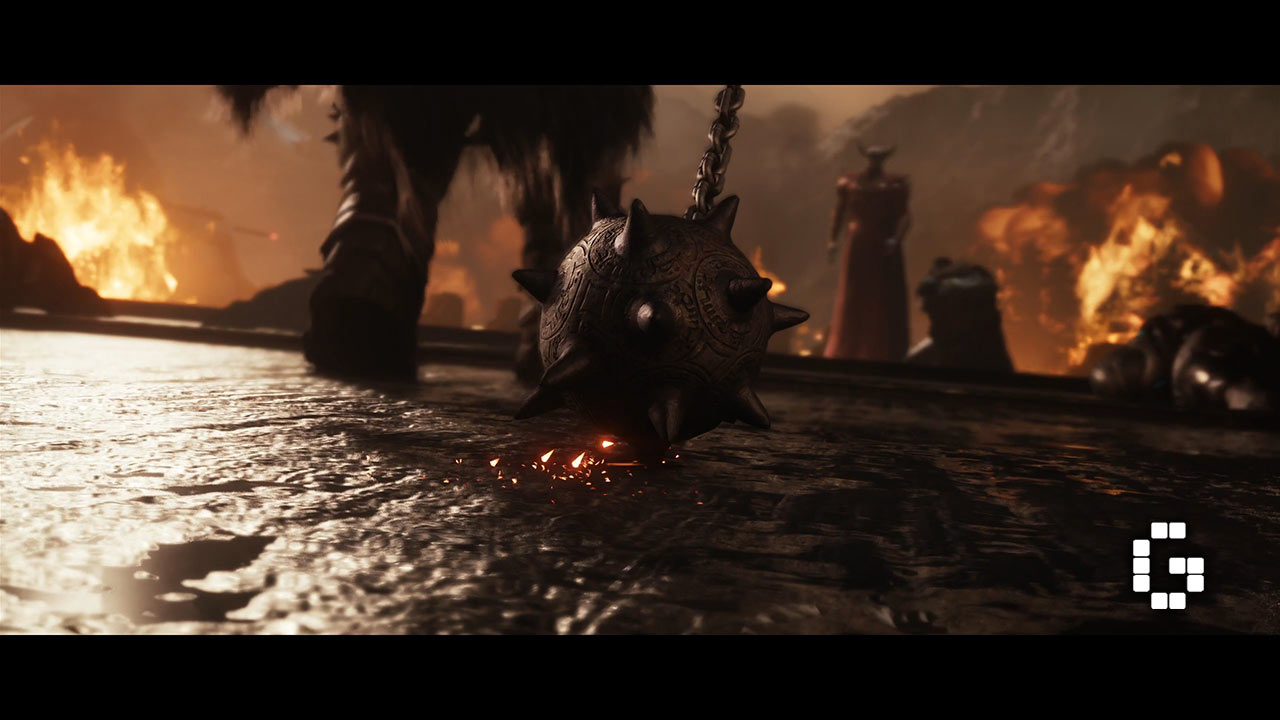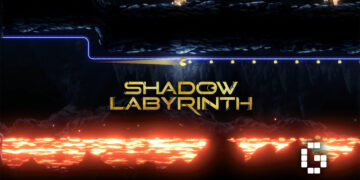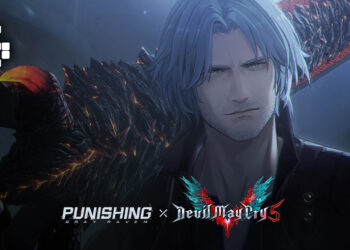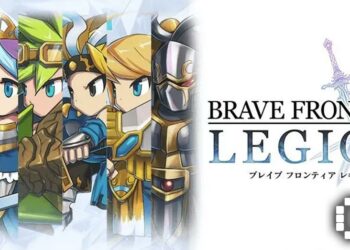After conquering futuristic landscapes in DOOM 2016 and DOOM Eternal, the legendary Slayer travels back in time to medieval battlefields in DOOM: The Dark Ages. In this review of DOOM: The Dark Ages, we’ll dive into how id Software’s medieval experiment transforms the DOOM formula. This prequel trades sci-fi corridors for crumbling castles and UAC tech for medieval weaponry, all while introducing a revamped combat system centered around parrying and shield mechanics.
From dragon-riding sequences to mech battles against kaiju-sized demons, DOOM:The Dark Ages takes some surprising risks—but does the core combat experience still deliver the visceral satisfaction DOOM fans crave?

Story and Setting
DOOM: The Dark Ages represents id Software’s most ambitious narrative experiment yet, though it still maintains the series’ focus on gameplay over story. Players embody the Slayer before the events of DOOM 2016, serving as a controlled weapon of the Maykr to help the Sentinel Kingdom of Argent D’Nur defend against Prince Ahzrak, who seeks the powerful Heart of Argent artifact.
Initially, the Slayer operates as a vessel of pure hatred, emotions suppressed and controlled by the Maykr with the sole purpose of demon slaughter. However, as the conflict intensifies, the Slayer begins to break free from Maykr control, forging his own path in the battle. While the game doesn’t provide a complete origin story, it offers enough world-building through cutscenes, dialogue, codex entries, and environmental storytelling to satisfy lore enthusiasts without impeding the action.

The medieval setting transforms every aspect of the DOOM formula. Torch-lit corridors, war-torn fields, and grand castle halls replace the sterile UAC facilities. Demons wear ancient armor and tattered cloth, wielding spectral magic instead of futuristic energy weapons. Weapons like the bone-shattering Skull Crusher and stake-firing Rail Spike Shredder perfectly complement this knight-meets-demon aesthetic, creating a visually distinctive chapter in the DOOM saga.
Gameplay Mechanics and Innovations
The Dark Ages introduces several dramatic changes to DOOM’s combat systems, with the Shield Saw serving as the centerpiece. Parrying green “Hell Surge” attacks is no longer optional but essential for survival, creating a risk-reward system that encourages players to actively seek parrying opportunities. The Shield Saw can also be used to charge into enemies or destructible walls, and can be thrown to instantly kill fodder enemies or stun larger demons.
Melee weapons play a much larger role than in previous titles. Players gradually unlock the Power Gauntlet, Flail, and devastating Dreadmace, each featuring unique charge mechanics that refill through successful parries or over time. The combat flow emphasizes a rhythm of charging, parrying, and unleashing devastating combos, with melee and Shield Saw functioning as the backbone of the combat experience.

Ranged weapons haven’t disappeared—there are 12 total firearms including the Rail Spike’s Shredder and Impaler variants, plasma rifles, skull-crushing machine guns, and the limited-ammo BFC crossbow. However, the game’s design encourages players to prioritize melee and Shield Saw combat, reserving guns primarily for armored threats or specific situations.
The execution system returns but in a more subdued form. Players can daze demons at low health and finish them for health and ammo, but most animations are simplified to basic punches or weapon swings unless players trigger special finishers. While less cinematic than previous glory kills, these executions still provide satisfying combat punctuation.

The upgrade system allows players to spend resources like gold and rubies on weapon improvements, sometimes offering branching paths for customization. Later, rune slots for the Shield Saw unlock effects like summoning energy blades or auto-turrets upon successful parries. Health, ammo capacity, and armor upgrades come from defeating Champions (bosses) and Leaders (mini-bosses).
Enemy variety increases steadily through the campaign, with new demons introduced in nearly every chapter. Unlike previous DOOM titles that rewarded constant aggression, The Dark Ages punishes reckless play with animation locks during melee attacks and weapon switches that temporarily disable blocking. This more methodical approach requires players to think strategically about each encounter.

Special “Morale Encounters” introduce invulnerable Leaders that can only be damaged after reducing their morale by eliminating waves of spawning demons. These intense battles force players to quickly prioritize targets amid chaotic battlefields.
Level Design and Structure
The Dark Ages begins with straightforward level design that gradually opens into sprawling battlefields. Early areas feature clear paths with accessible secrets for attentive players, while the mini-map proves invaluable for navigation. However, mid-to-late game areas sometimes feel overly expansive with too much empty space between combat encounters, leading to excessive backtracking during exploration.
Environmental puzzles appear throughout the campaign but rarely present significant challenges. Most involve finding specific spots to throw your shield at mechanisms or using Shield Charge to move platforms into position.

The game breaks up its standard gameplay with special chapters featuring dragon-riding sequences and Atlan mech combat. The dragon sections play like arcade shooters where players lock onto targets while dodging projectiles to charge enhanced attacks. Similarly, the Atlan mech segments focus on perfectly timed dodges to build charge for devastating special attacks. While these diversions offer spectacle and a change of pace, they function primarily as palate cleansers between the core demon-slaying gameplay.

Helpfully, the game clearly marks “points of no return” with door icons, allowing players to fully explore areas before committing to progression. This thoughtful design touch helps prevent accidental lockouts from collectibles or side paths.
Performance
On PC with an Intel Core i5-13500 and RTX 4070 SUPER running the pre-release driver version 576.31 at 1440p with maximum settings, the game maintains a steady 90 FPS. Visual differences between low and maximum settings appear minimal, allowing players to prioritize performance based on their hardware.

Some minor bugs appear in the pre-release build, including non-clickable tutorial and chapter menus (requiring keyboard navigation) and occasional audio issues like missing footstep sounds. However, these issues are relatively minor and will likely be addressed before release.
Music and Audio
The sound design in The Dark Ages delivers impressive impact across all elements. Melee hits land with bone-crunching weight, guns roar with appropriate ferocity, and shield effects create satisfying audio feedback. The Atlan mech’s thunderous punches and distant demon battles fill battlefields with immersive audio cues that enhance the combat experience.
Unfortunately, the soundtrack fails to reach the heights established by previous DOOM titles. While the game maintains the industrial-metal style associated with modern DOOM, the compositions lack the memorable riffs and adrenaline-pumping energy found in DOOM 2016 and Eternal. The absence of composer Mick Gordon, whose work defined the series’ modern sound, is felt throughout the experience.
Verdict
DOOM: The Dark Ages successfully reimagines the franchise in a medieval setting while maintaining its core identity. The enhanced narrative elements provide sufficient context for the action without overshadowing the gameplay, while the medieval aesthetic offers a visually distinctive chapter in the Slayer’s saga.
The combat system’s focus on the Shield Saw and parrying mechanics creates a more tactical experience than previous entries, rewarding patient, deliberate play over constant aggression. While this approach might disappoint fans of the series’ typically breakneck pace, mastering the new systems delivers uniquely satisfying combat moments.

Level design varies in quality throughout the campaign, with later areas sometimes feeling too expansive for their own good. The special dragon and mech chapters provide entertaining diversions but highlight that DOOM’s strengths lie in its core gameplay loop.
With solid technical performance and excellent sound design (despite the underwhelming soundtrack), DOOM: The Dark Ages delivers a fresh, satisfying chapter in the Slayer’s legend for those willing to embrace its more measured approach to demon slaughter.
Join Us!
We are recruiting! If you want to break into the gaming media industry, don't miss out on the golden opportunity. Find out more: Malaysia. Overseas.Featured Video
The Review
DOOM: The Dark Ages
PROS
- Parry-Driven Combat: Shield Saw timing feels insanely rewarding, fit for gamer who likes defensive but aggressive gameplay
- More Melee Variety: Power Gauntlet, Flail, and Dreadmace each shine with unique charge mechanics and visceral impact.
- Fresh Medieval Flair: Crumbling castles, bone-firing guns, and armor-clad demons breathe new life into DOOM’s world, people that like old school themes will enjoy this game.
- Improved Storytelling: More cutscenes and dialogue give the Slayer real character and expand the lore.
- Customizable Challenge: Four base difficulties plus permadeath modes and sliders for parry window, aggression, damage, and resources.
- Solid Performance & SFX: Rock-steady 90 FPS on max settings; every swing, shot, and explosion hits with weight.
- Meaningful Upgrades: Gold, rubies, branching weapon paths, and Shield Saw runes give a real sense of progression and give you more variety.
CONS
- Sprawling Mid-Game Areas: Open battlefields sometimes feel empty and slow down the pace.
- Gimmicky Special Chapters: Dragon-rides and mech fights are cool but break momentum.
- Underwhelming Soundtrack: SFX are stellar, but no standout tracks to pump your adrenaline.
- Blunted Executions: Glory kills feel toned-down and inconsistent unless you trigger the Shield Saw finisher.











![[EXCLUSIVE] Creative Masterminds from Gearbox Software Reveal What Makes Borderlands 4 Worth the Wait](https://cdn.gamerbraves.com/2025/07/Borderlands-4-at-Bilibili-World-2025_Interview_FI-360x180.jpg)




![[ASIA EXCLUSIVE] Bringing Back a Classic: Inside the Making of FINAL FANTASY TACTICS – The Ivalice Chronicles](https://cdn.gamerbraves.com/2025/06/FFT-Ivalice-Chronicles_Interview_FI2-360x180.jpg)













